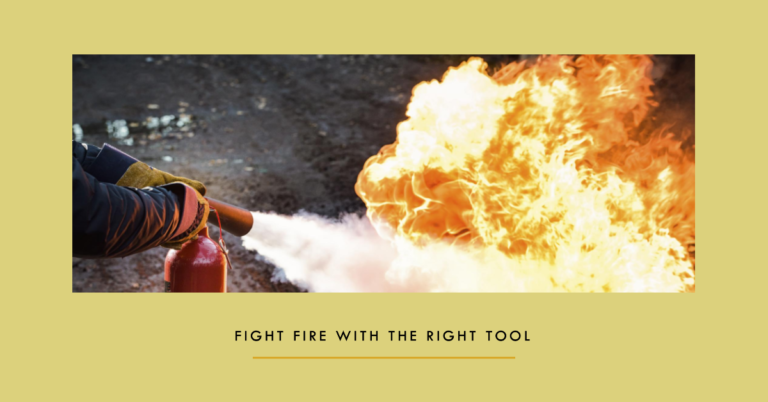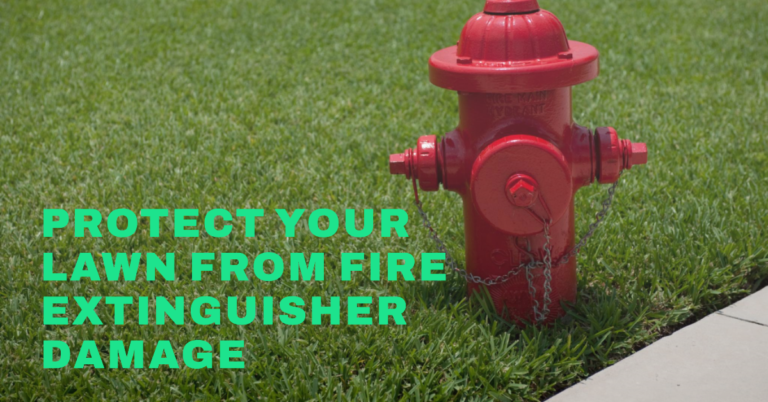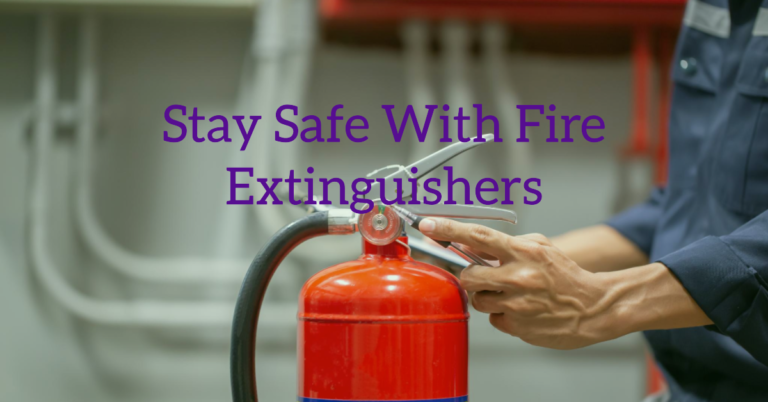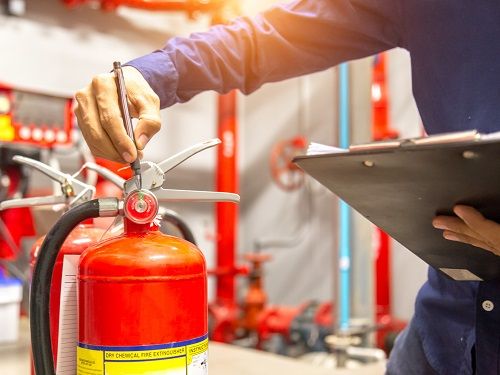Last Updated on October 9, 2023 by Allen
Fire extinguisher ball vs traditional fire extinguisher how to choose? which is better for you? let’s take a deep look at this:
Fire safety is of utmost importance in any setting, whether it is a home, workplace, or public space. Fires can cause serious damage to property and even result in loss of life, making it essential to have proper fire safety measures in place. One such measure is having a reliable and effective fire extinguisher readily available to put out fires quickly and prevent them from spreading.
The purpose of this outline is to compare and contrast two types of fire extinguishers: the traditional fire extinguisher and the fire extinguisher ball. By examining their advantages and disadvantages, as well as their effectiveness, cost, ease of use, portability, and maintenance requirements, this outline aims to provide a comprehensive analysis of these two options to help readers choose the best fire extinguisher for their specific needs.
Traditional Fire Extinguishers
Traditional fire extinguishers are handheld devices designed to extinguish small fires. They work by releasing a substance that either cools the flames, removes oxygen, or interrupts the chemical reaction causing the fire. Traditional extinguishers are classified based on the type of substance they contain.

Types of traditional fire extinguishers
There are four main types of traditional fire extinguishers:
- Water extinguishers: These are best suited for fires caused by wood, paper, and textiles.
- Foam extinguishers: These are effective for fires caused by flammable liquids such as gasoline, oils, and solvents.
- Powder extinguishers: These are multipurpose extinguishers that can be used on fires caused by wood, paper, textiles, flammable liquids, and electrical equipment.
- CO2 extinguishers: These are best suited for fires caused by electrical equipment, as they do not leave a residue and do not conduct electricity.
Advantages and disadvantages of traditional fire extinguishers
Advantages:
- Effective for different types of fires
- Easy to operate
- Can be refilled
Disadvantages:
- Heavy and difficult to maneuver
- Can be messy
- Limited range
Related article: 10 Advantages and Disadvantages of Fire Extinguishers
How to dispose of a fire extinguisher
The complete guide of advantages and disadvantages of fire extinguisher types
Traditional fire extinguishers are effective in putting out small fires, making them an essential tool for fire safety. They are easy to use and can be refilled, making them a cost-effective option in the long run. However, they can be heavy and difficult to maneuver, and their limited range means that they may not be suitable for larger fires. Additionally, they can be messy, and the substance used to put out the fire may cause damage to nearby objects or surfaces.
Fire Extinguisher Ball
The fire extinguisher ball is a relatively new fire suppression device that works by releasing a dry chemical powder when it comes into contact with flames. The ball is designed to be placed in a potential fire hazard area, such as a kitchen or garage, and will activate when exposed to high heat. The ball’s activation will result in an explosion that disperses the dry chemical powder and extinguishes the flames.
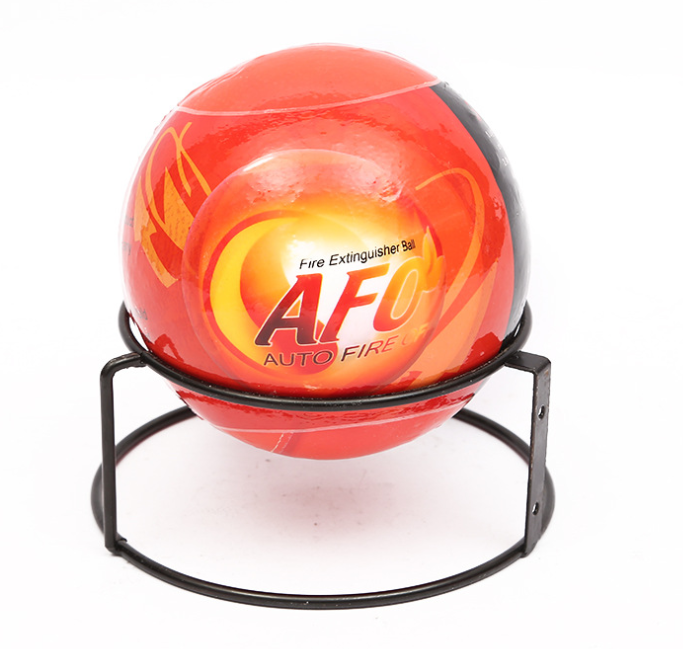
Advantages and disadvantages of fire extinguisher ball
Advantages:
- Lightweight and portable
- Easy to use
- Activates automatically in the presence of fire
- Requires no maintenance
Disadvantages:
- May not be effective on larger fires
- Limited range
- Can be expensive
So the fire extinguisher ball is lightweight and portable, making it easy to place in potential fire hazard areas. It is also easy to use, as it requires no training or special skills. The ball will activate automatically when exposed to high heat, making it an ideal choice for those who may not be able to operate a traditional fire extinguisher due to physical limitations. Additionally, the fire extinguisher ball requires no maintenance, making it a cost-effective option in the long run.
However, the fire extinguisher ball may not be as effective on larger fires or those caused by flammable liquids or electrical equipment. Its limited range also means that it may not be suitable for larger areas.
Comparison between Fire Extinguisher Ball and Traditional Extinguisher
Traditional fire extinguishers are effective on different types of fires, depending on the substance they contain. Water extinguishers are best suited for fires caused by wood, paper, and textiles. Foam extinguishers are effective for fires caused by flammable liquids such as gasoline, oils, and solvents. Powder extinguishers can be used on fires caused by wood, paper, textiles, flammable liquids, and electrical equipment. CO2 extinguishers are best suited for fires caused by electrical equipment.
The fire extinguisher ball is effective on Class A, B, and C fires, but may not be as effective on larger fires or those caused by flammable liquids or electrical equipment.
| Features | Traditional Fire Extinguishers | Fire Extinguisher Ball |
|---|---|---|
| Types of Fires | Effective on various types | Effective on Class A, B, and C fires |
| Ease of Use | Requires training | Easy to use |
| Portability | Heavy and difficult to maneuver | Lightweight and portable |
| Range | Limited | Limited |
| Cost | Less expensive | More expensive |
Conclusion
Both the fire extinguisher ball and traditional fire extinguishers are effective fire suppression devices that can help prevent and extinguish fires. Traditional fire extinguishers are suitable for various types of fires and have a proven track record of effectiveness. However, they require some training to use effectively and can be heavy and difficult to maneuver.
On the other hand, the fire extinguisher ball is lightweight and easy to use, making it an ideal choice for those who may not be able to operate a traditional fire extinguisher due to physical limitations. It also activates automatically in the presence of fire, requiring no special skills or training.
When deciding which fire suppression device to use, it is important to consider the type of fire hazard area, the types of fires that may occur, ease of use, portability, range, and cost. Ultimately, the best choice will depend on individual circumstances and preferences.
It is also important to note that fire extinguishers, whether traditional or a fire extinguisher ball, should be used in conjunction with other fire prevention and safety measures, such as smoke detectors, fire alarms, and fire sprinklers. By taking a proactive approach to fire safety, individuals can help prevent fires from occurring and minimize damage if they do occur.


